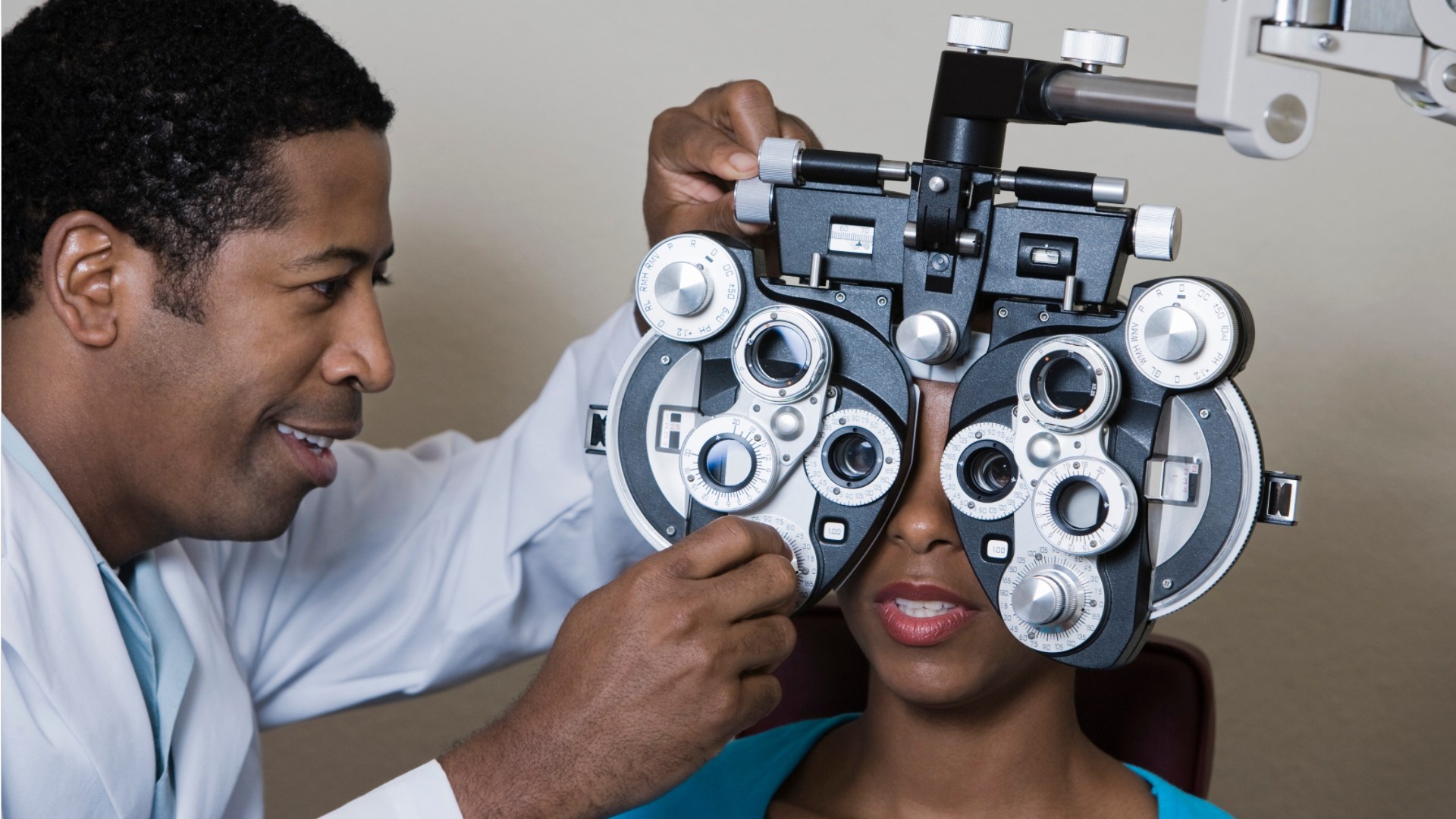Optometrists
Optometrist, Optometry Doctor (OD), Therapeutic Optometrist
 Select a military branch to see samples.
Select a military branch to see samples.
Ophthalmic; Ophthalmic Apprentice, Ophthalmology; Ophthalmic Craftsman, Ophthalmology; Ophthalmic Helper, Ophthalmology; Ophthalmic Journeyman, Ophthalmology; Ophthalmic Superintendent; Ophthalmologist, Cornea/External Disease; Ophthalmologist, Neuro-Ophthalmology; Ophthalmologist, Pathology; Ophthalmologist, Vitreous/Retina
Aeromedical Evacuation; Allied Sciences; Behavioral Sciences; Eye Specialist; Health Services; Medical Service Corps Officer; Ophthalmologist; Optometry; Pharmacy; Podiatry
No similar titles were found.
No similar titles were found.
Ophthalmologist; Optician; Optometrist; Optometry
Optometrist
What they do:
Diagnose, manage, and treat conditions and diseases of the human eye and visual system. Examine eyes and visual system, diagnose problems or impairments, prescribe corrective lenses, and provide treatment. May prescribe therapeutic drugs to treat specific eye conditions.
On the job, you would:
- Examine eyes, using observation, instruments, and pharmaceutical agents, to determine visual acuity and perception, focus, and coordination and to diagnose diseases and other abnormalities, such as glaucoma or color blindness.
- Analyze test results and develop a treatment plan.
- Prescribe, supply, fit and adjust eyeglasses, contact lenses, and other vision aids.
Knowledge
Health
- medicine and dentistry
- therapy and counseling
Math and Science
- biology
- arithmetic, algebra, geometry, calculus, or statistics
Business
- customer service
- management
Arts and Humanities
- English language
Skills
Basic Skills
- listening to others, not interrupting, and asking good questions
- reading work related information
Problem Solving
- noticing a problem and figuring out the best way to solve it
Social
- understanding people's reactions
- changing what is done based on other people's actions
Abilities
Verbal
- communicate by speaking
- listen and understand what people say
Ideas and Logic
- notice when problems happen
- make general rules or come up with answers from lots of detailed information
Hand and Finger Use
- put together small parts with your fingers
- keep your arm or hand steady
Visual Understanding
- see hidden patterns
Personality
People interested in this work like activities that include ideas, thinking, and figuring things out.
They do well at jobs that need:
- Intellectual Curiosity
- Cautiousness
- Integrity
- Attention to Detail
- Dependability
- Cooperation
Technology
You might use software like this on the job:
Internet browser software
- Apple Safari
- Microsoft Edge
Medical software
- First Insight MaximEyes
- VisionScience Software Acuity Pro
Data base user interface and query software
- Microsoft Access
- Microsoft SQL Server
Education
Education: (rated 5 of 5)
doctoral degree
usually needed
usually needed
Job Outlook
Bright
New job opportunities are very likely in the future.
Explore More
You might like a career in one of these industries:
See more details at O*NET OnLine about Optometrists.






